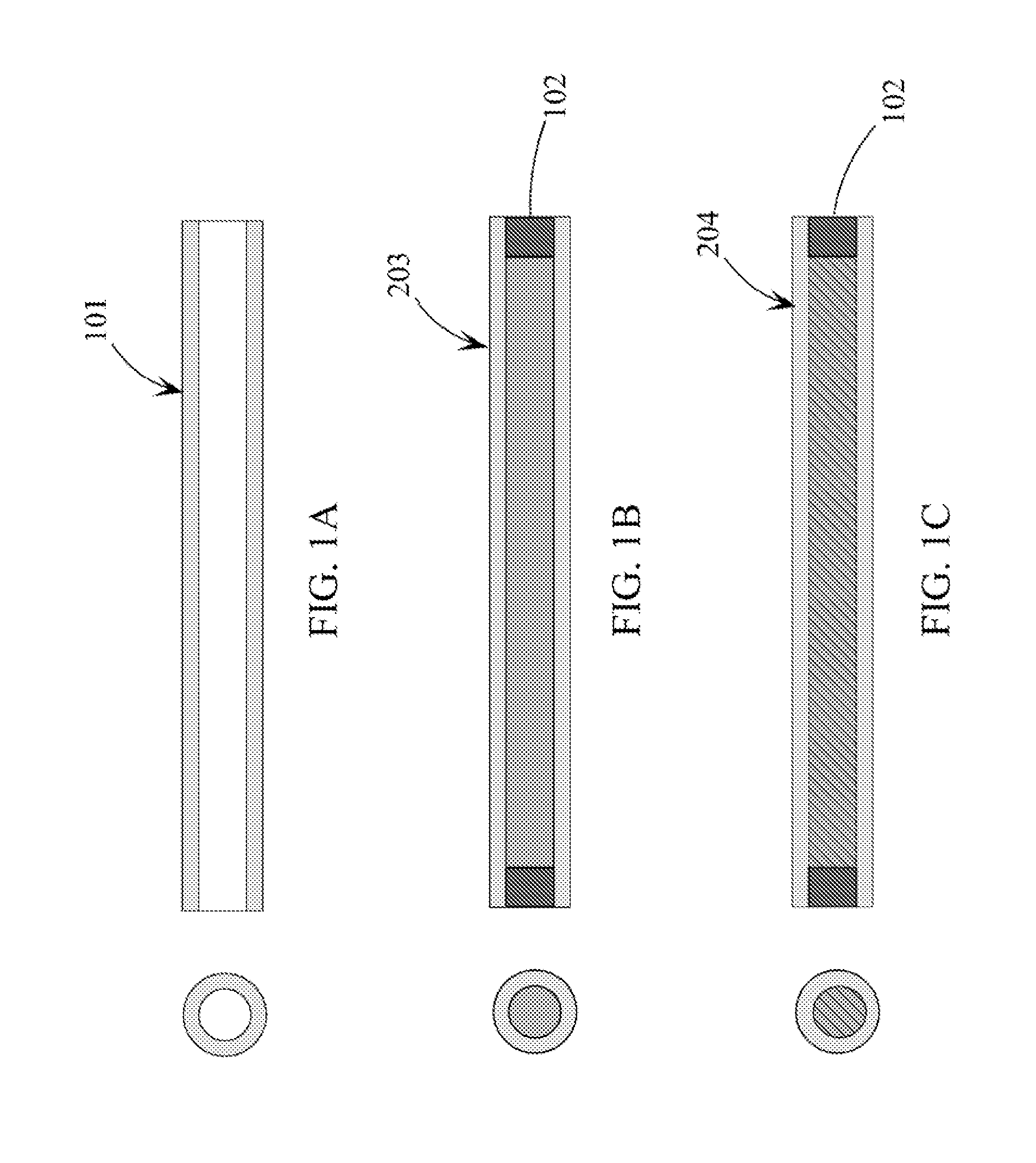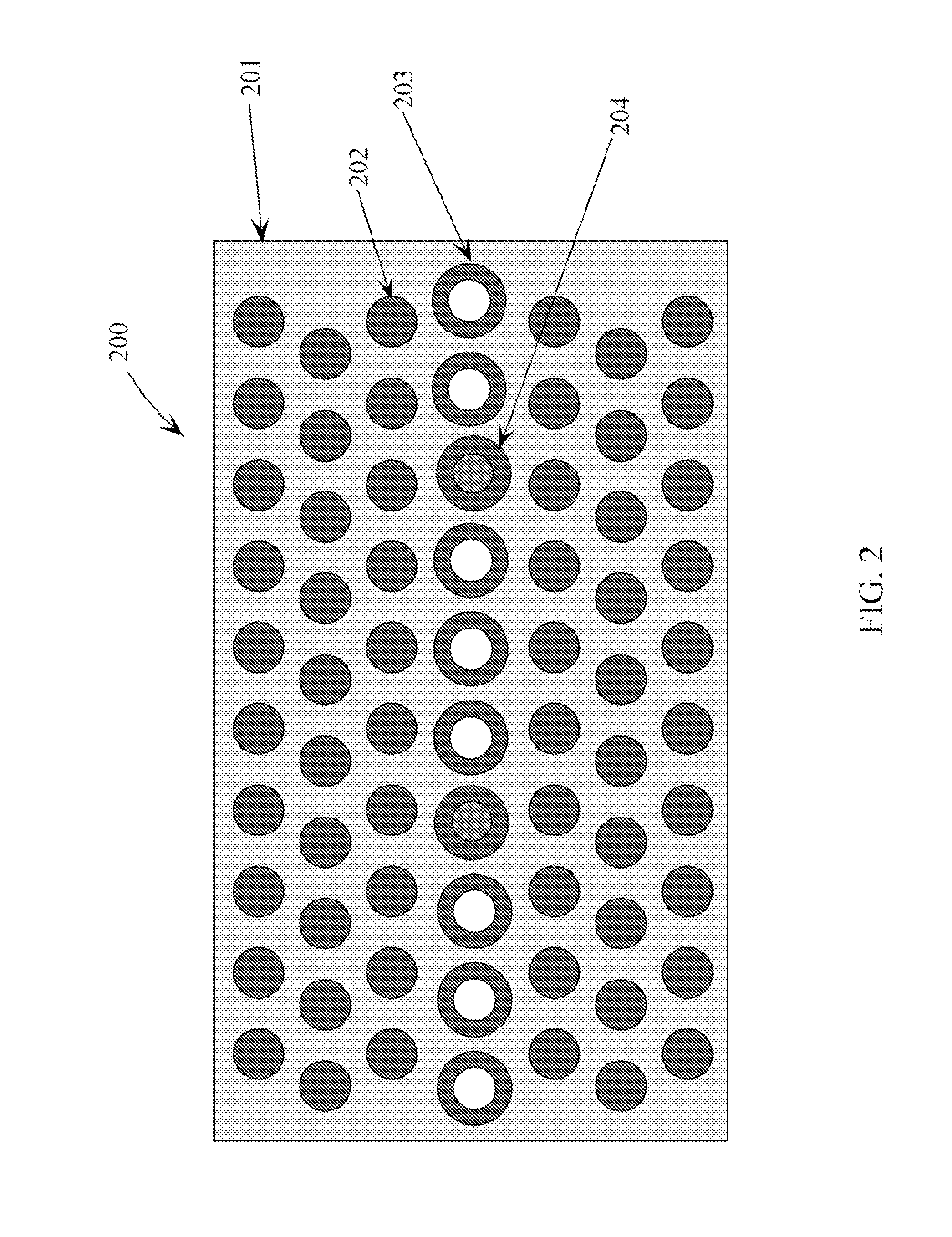Self-healing material
- Summary
- Abstract
- Description
- Claims
- Application Information
AI Technical Summary
Benefits of technology
Problems solved by technology
Method used
Image
Examples
Embodiment Construction
[0012]The inventors discovered that a vinyl ester resin and a methyl ethyl ketone peroxide (“MEKP”) catalyst can serve well as a self-healing material system for FRP composites due, at least in part, to the following advantages:
[0013]1. The vinyl ester can be cured at room temperature when contacted or mixed with a MEKP catalyst.
[0014]2. The viscosity of both the vinyl ester resin and the MEKP catalyst is very low (<2,000 centipoises), which allows hollow glass fibers or microcapsules to be easily filled with each.
[0015]It was found that the vinyl ester resin / MEKP catalyst self-healing system can increase the service life of the panel and recover performance soon after initial damage.
[0016]According to aspects of the present invention, an example is hereinafter described,
[0017]Part I. Base materials
[0018]1. Self-Healing Agent:
[0019]A vinyl ester resin (e.g., product designation Derakane 411-350) was commercially obtained from Ashland, Inc. The MEKP catalyst was commercially obtained...
PUM
| Property | Measurement | Unit |
|---|---|---|
| Viscosity | aaaaa | aaaaa |
| Temperature | aaaaa | aaaaa |
Abstract
Description
Claims
Application Information
 Login to View More
Login to View More - R&D
- Intellectual Property
- Life Sciences
- Materials
- Tech Scout
- Unparalleled Data Quality
- Higher Quality Content
- 60% Fewer Hallucinations
Browse by: Latest US Patents, China's latest patents, Technical Efficacy Thesaurus, Application Domain, Technology Topic, Popular Technical Reports.
© 2025 PatSnap. All rights reserved.Legal|Privacy policy|Modern Slavery Act Transparency Statement|Sitemap|About US| Contact US: help@patsnap.com



